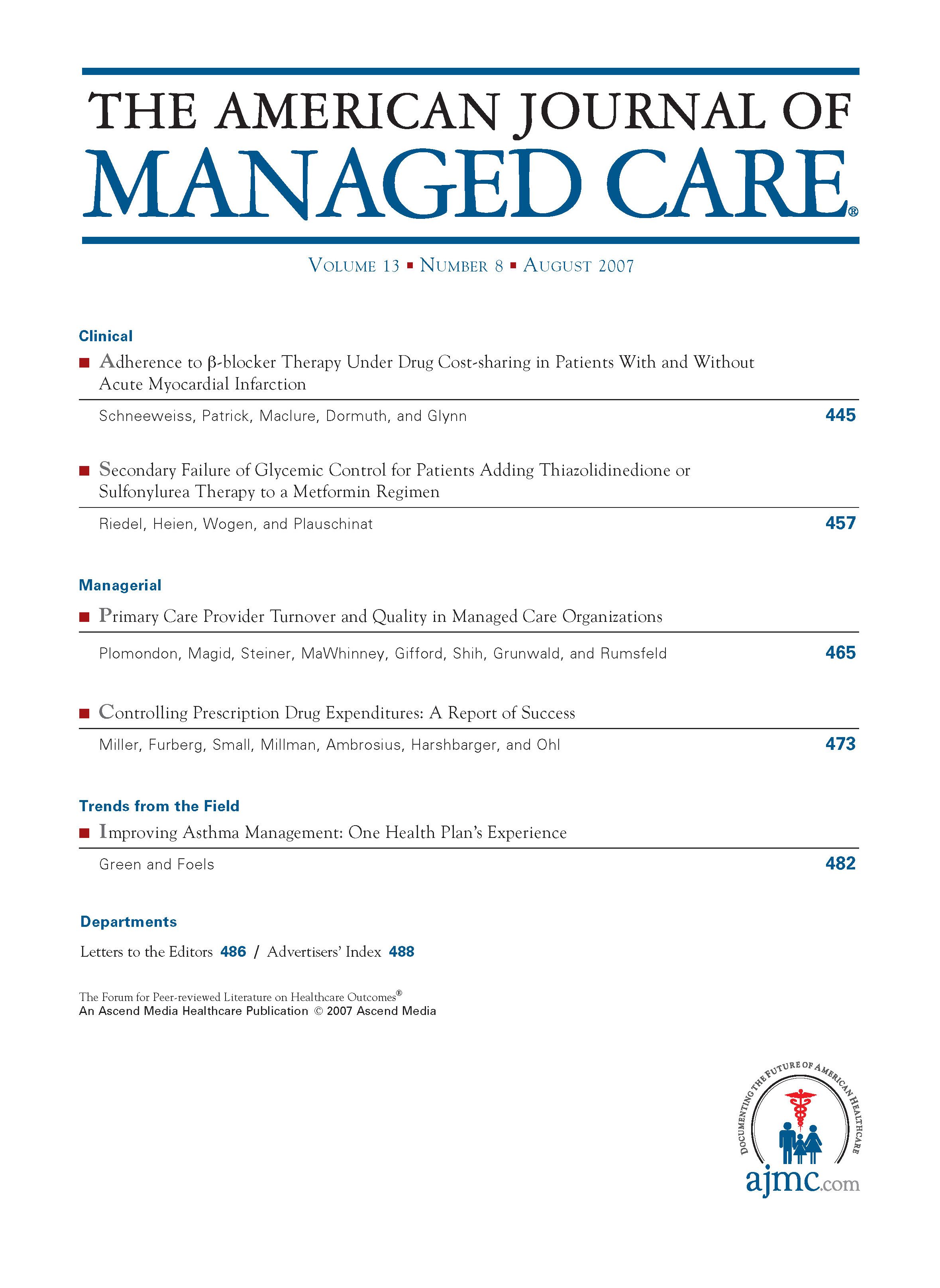- Center on Health Equity & Access
- Clinical
- Health Care Cost
- Health Care Delivery
- Insurance
- Policy
- Technology
- Value-Based Care
Scored Tablets Make Pill Splitting Easier
Regarding the article by Choe et al1 in the June issue of The American Journal of Managed Care, I would like to point out that the underlying problem is that the pricing of statins is generally not proportional to the dose (ie, “flat†pricing). In addition to that pricing structure is the lack of a score in these frequently titrated or dose-adjusted products. As a result, undesirable behavior, such as trying to split unscored and often irregularly shaped tablets, occurs. There is, however, a better scenario that would benefit all stakeholders.
Because of the medical benefits of easy dose titration/adjustment by breaking a tablet into a half dose to an optimal statin (or other medication) dose or to manage dose-related myalgias, patients and prescribers would benefit by having available scored tablets that are easily breakable into pharmaceutically acceptable half doses. Recognizing that many drug products in the United States and worldwide are priced proportionally to the dose, there is little doubt that such dosage forms can return acceptable profits to the manufacturer.
Scored tablets would not only benefit patients and prescribers, but insurers too, as they would not have to evaluate flat-priced medications and/or educate patients of varying ages and different levels of competence to split unscored tablets.
Lawrence Solomon, MDChairman and CEO
Plantation, Florida
Author Disclosure: Dr Solomon reports serving as CEO and chairman of a company that is developing pharmaceutical tablets that can break into accurate half doses.
Authorship Information: Dr Solomon takes responsibility for the concept and design, drafting, and critical revision of this letter.
Address correspondence to: Lawrence Solomon, MD, ACCU-BREAK Pharmaceuticals Inc, 1000 S Pine Island Rd, Plantation, FL 33324. E-mail: l.solomon@accubreak.com.
1. Choe HM, Stevenson JG, Streetman DS, Heisler M, Standiford CJ, Piette JD. Impact of patient financial incentives on participation and outcomes in a statin pill-splitting program. Am J Manag Care. 2007;13:293-304.

Trends in Hospital Pricing for Vulnerable Emergency Department Users, 2021-2023
December 4th 2025Self-pay emergency department prices rose significantly from 2021 to 2023, especially at for-profit and system-affiliated hospitals, highlighting growing affordability challenges for uninsured and underinsured patients.
Read More
Integrated Care for Chronic Conditions: A Randomized Care Management Trial
December 3rd 2025The authors sought to understand the differential impact of payer-led community-based care management approaches on stakeholder-oriented outcomes for publicly insured adults with multiple chronic conditions.
Read More

